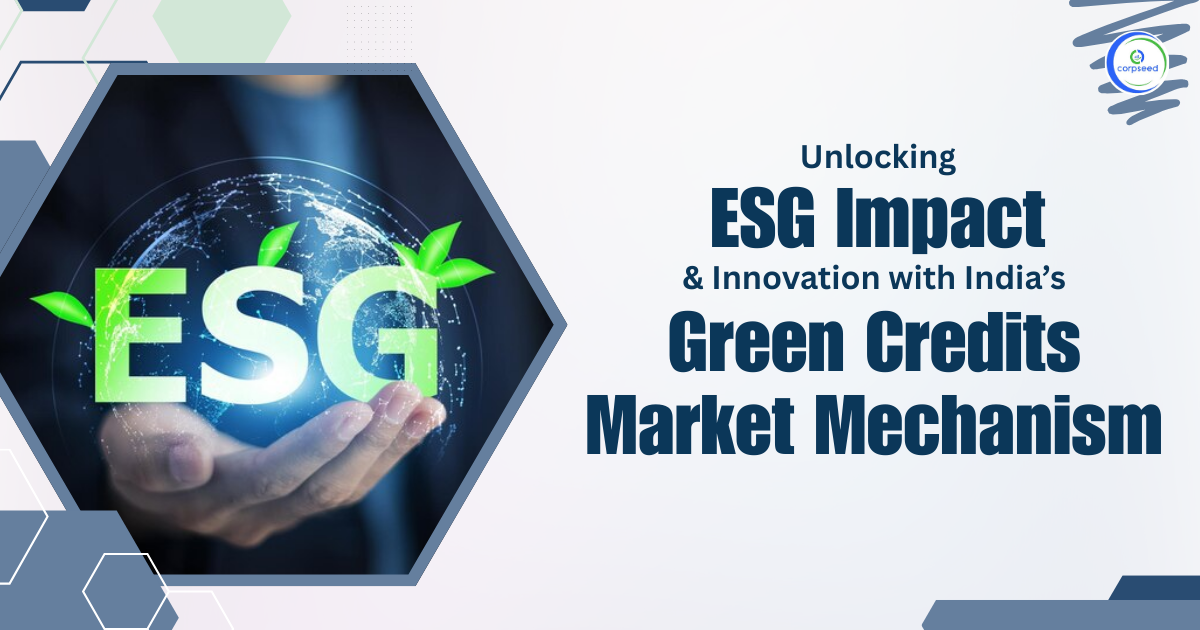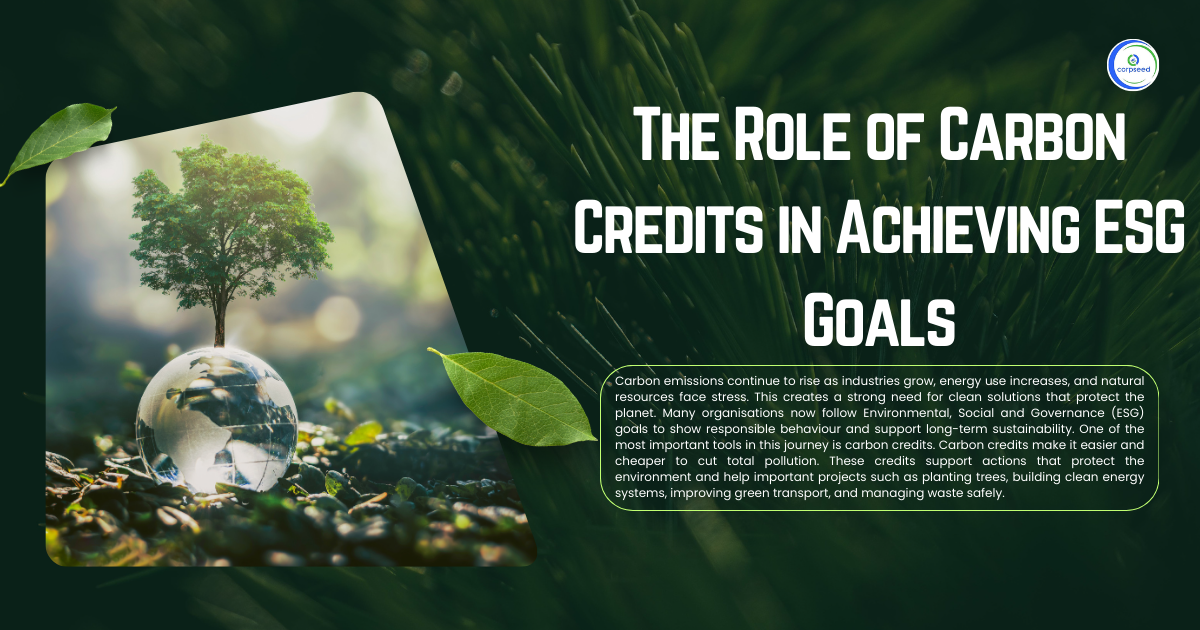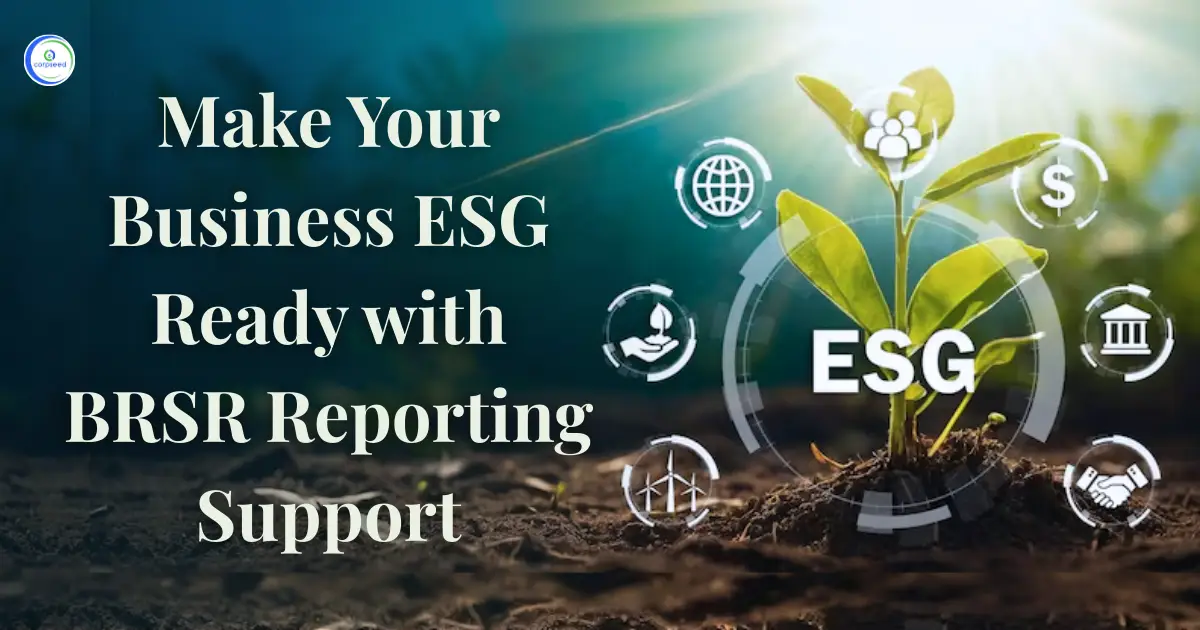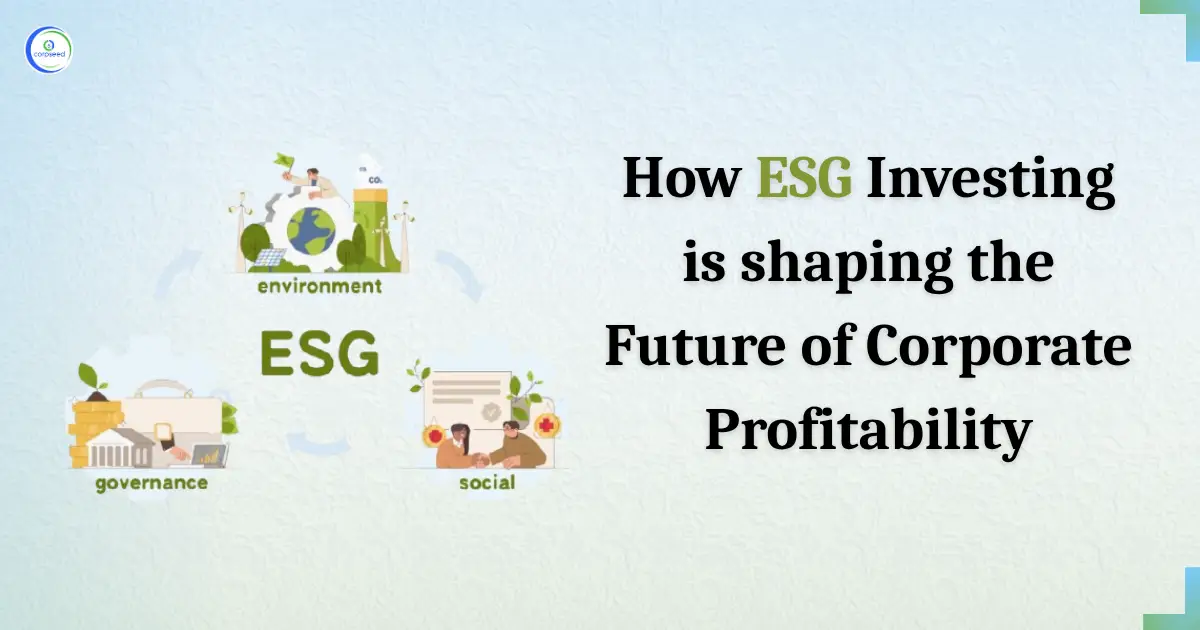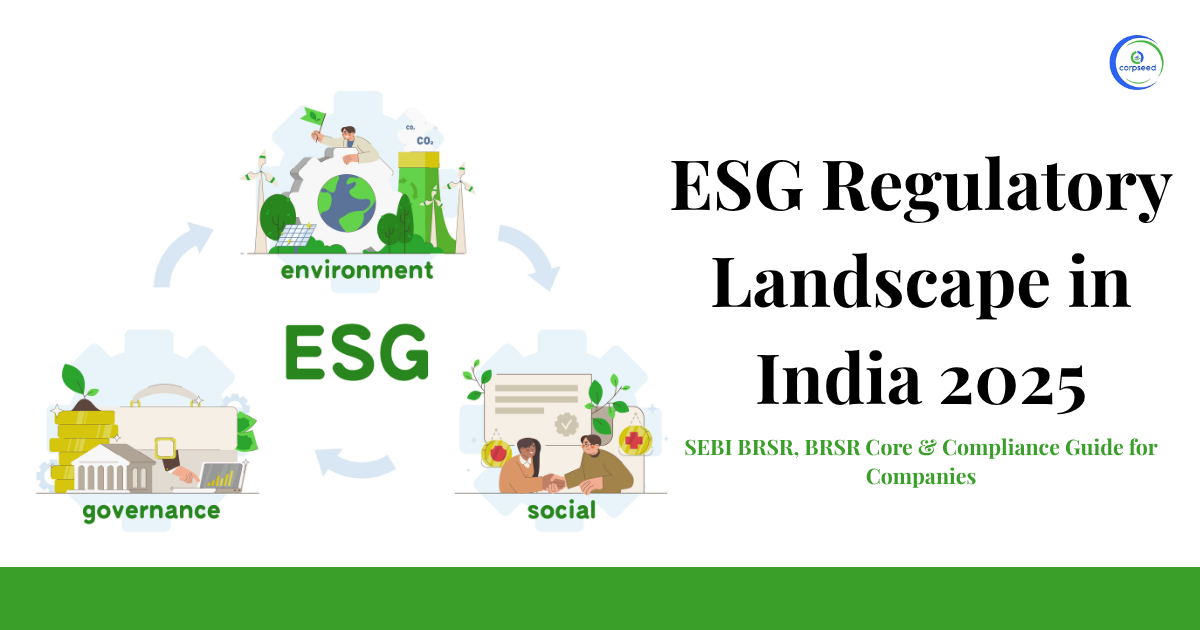As technology advances at an unprecedented pace, the volume of electronic waste, or e-waste, is growing rapidly. E-waste includes discarded electronic devices such as smartphones, computers, and televisions, which contain valuable materials but also hazardous substances. Proper disposal of e-waste is crucial to mitigate environmental and health impacts while recovering valuable resources.
Table of Contents
--------------Blog Contact Form-------------
Methods of E-Waste Disposal
E-waste disposal methods can be put under four categories: landfilling, incineration, recycling, and refurbishment. Out of these, each comes with a list of advantages as well as challenges; hence, one works on parameters like the type of e-waste, available technology, and regulatory environments.
Landfilling
Landfilling is one of the most common modes of waste disposal. It involves burying wastes in a piece of land prepared for that purpose.
Pros:
- Simple: It is comparatively easy and does not require high technology.
- Cost-Effective: Landfilling can be cheaper compared to advanced technologies involved in recycling.
Cons:
- Environment: E-waste in landfills can leach hazardous substances like lead, mercury, and cadmium into the soil and groundwater. It can cause serious environmental and health hazards.
- Resource Wastage: Gold, silver, and rare earth elements are some of the most valued materials that landfills of e-waste cause to lose.
- Long-Term Wastage: The long-term costs of continuous monitoring and probable remediation of landfills add to the cost and environmental liability.
Therefore, no landfilling approach toward e-waste disposal can be termed viable given the negative impact on the environment and the wastage of resources.
Incineration
Incineration involves the process of burning e-waste at high temperatures. This is done to reduce its volume and possibly recover some energy.
Pros:
- Volume Reduction: Incineration reduces the volume of e-waste to a great extent, thereby solving a space problem in landfills.
- Energy Recovery: Energy generated through this process could be used either to produce electricity or heat.
Cons:
- Toxic Emissions: The burning of e-waste results in the release of toxic chemicals and heavy metals into the air, which are harmful to human beings' health and the environment.
- Resource Loss: Like landfilling, incineration represents a loss of valuable materials.
- High Costs: Incineration plants require massive investments in technology for emission control and residue handling.
With its potential environmental and health effects, incineration is not a favored route of e-waste disposal, particularly outside of advanced emission control systems.
Recycling
Recycling is the process of recovering valuable materials from e-waste and reprocessing them into new products. This method is considered one of the most effective ways to manage e-waste.
Pros:
- Resource Recovery: Recycling recovers valuable metals such as gold, silver, and rare earth elements, which can be reused in new electronic devices.
- Environmental Benefits: Proper recycling reduces the need for raw material extraction, lowers energy consumption, and minimizes environmental pollution.
- Regulatory Compliance: Many countries have regulations and incentives to promote e-waste recycling, making it a legally compliant option.
Cons:
- Complexity: E-waste recycling involves complex processes and requires specialized technology to separate and process various materials.
- Cost: The initial setup for recycling facilities can be expensive, although long-term benefits often outweigh the costs.
- Improper Recycling: Inadequate or informal recycling practices can lead to environmental contamination and health risks if hazardous materials are not properly managed.
Recycling is generally considered the most favorable method for e-waste disposal due to its environmental benefits and resource recovery potential, provided it is conducted using proper technology and practices.
Refurbishment and Reuse
The refurbishment repairs and upgrades old electronic devices for extended life, and the reusing process puts them back into service instead of discarding these devices.
Pros:
- Waste Reduction: This can contribute much to reducing the quantity of generated e-waste by extending device life through refurbishment and reuse.
- Resource Conservation: It saves resources and decreases the requirement for new raw materials by reusing and refurbishing devices.
- Economic Benefits: Refurbished devices can be resold at lower prices, hence making technology available and affordable for a larger section of people.
Cons:
- Limited applicability: Not all devices can be refurbished, and it may not always be possible to upgrade an older device as desired due to compatibility issues.
- Quality and Reliability: Refurbished devices do not always come up to the mark of a new one, and so their reliability and performance are questionable.
- Ensuring that refurbished devices meet the required safety and performance standards has always been challenging.
Refurbishing and reusing, especially when coupled with responsible recycling of parts that will no longer be helpful in gadgets, are very effective ways of reducing e-waste and conserving resources.
Read Our Blog: How Improper E-Waste Disposal Affects Human Health and the Environment?
Comparative Analysis of Various Methods of E-Waste Disposal
The preferred route of e-waste disposal needs to be assessed based on quite several factors.
- Environmental Impact: Recycling and Refurbishing have relatively lower environmental impacts than landfilling and incineration. This is because recycling avoids hazardous leachate and emissions, and refurbishment reduces demand for devices and raw materials.
- Resource Recovery: This is well evident in recovering valuable materials from e-waste through recycling. The resources are also saved by refurbishment by extending the life of devices already available. Valuable materials are lost by landfilling and incineration.
- Cost: While landfilling and incineration are cheap in the short term, in the long term, recycling and refurbishing are cost-effective by recovering valuable resources and bringing down the demand for new raw materials. The set-up cost to begin recycling might be overwhelming, but often gets compensated by long-term savings and environmental benefits.
- Regulatory Compliance: Many countries have rigid regulations that control e-waste disposal, hence making its recycling and refurbishment more in compliance with legal requirements; landfilling and incineration, especially without proper controls, may create regulatory problems and environmental liabilities.
Conclusion
Among the various methods for e-waste disposal landfilling, incineration, recycling, and refurbishment recycling and refurbishment emerge as the most preferable options. Recycling offers significant environmental benefits and resource recovery potential, while refurbishment helps reduce e-waste and conserve resources by extending the life of electronic devices. Both methods align with sustainability goals and regulatory requirements, making them ideal choices for managing e-waste.
However, the effectiveness of these methods depends on the quality of implementation. Proper recycling practices and effective refurbishment processes are essential to maximizing their benefits. Additionally, a combination of recycling and refurbishment can provide a comprehensive approach to e-waste management, addressing both resource recovery and waste reduction.
Ultimately, the preferred method for e-waste disposal should balance environmental impact, resource recovery, cost, and regulatory compliance. By prioritizing recycling and refurbishment and supporting advancements in these areas, we can make significant strides toward a more sustainable and responsible approach to e-waste management.
This portion of the site is for informational purposes only. The content is not legal advice. The statements and opinions are the expression of author, not corpseed, and have not been evaluated by corpseed for accuracy, completeness, or changes in the law.
BOOK A FREE CONSULTATION
Get help from an experienced legal adviser. Schedule your consultation at a time that works for you and it's absolutely FREE.


